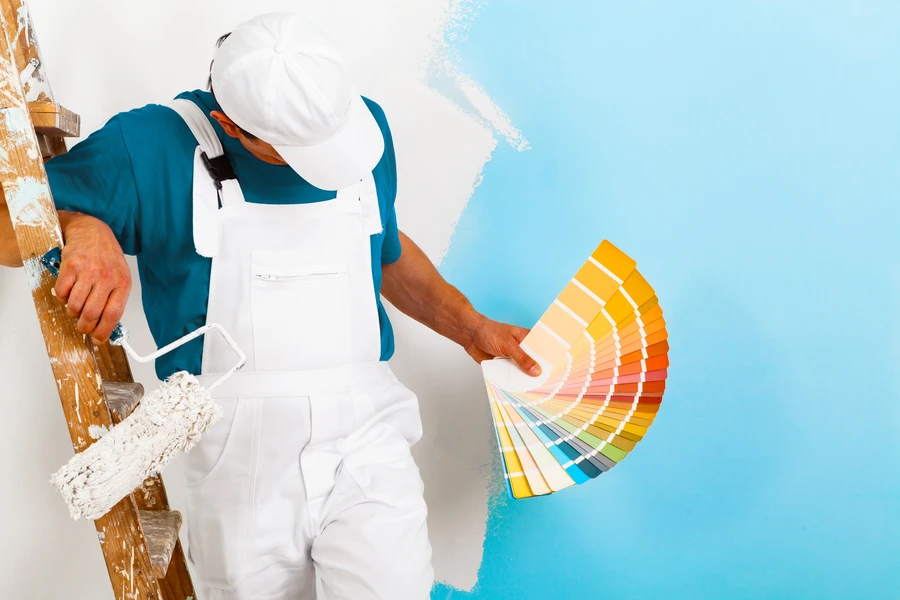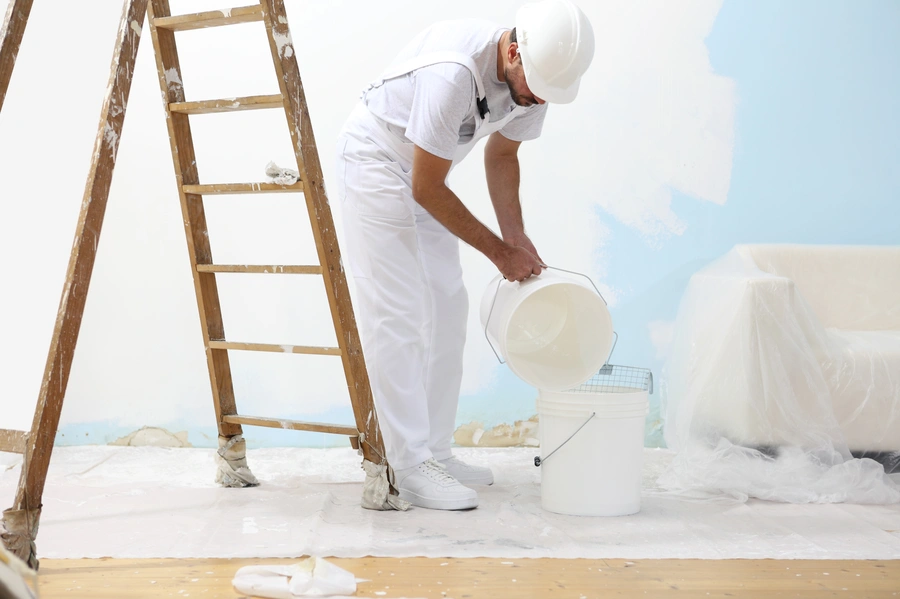Ensuring Long-Lasting Beauty and Durability in Busy Spaces
Selecting the right interior paint is crucial, especially for areas in your home or office that experience heavy foot traffic. These high-use spaces require paints that not only look good but can also withstand wear and tear. The choice of paint can affect both aesthetics and maintenance. Understanding what makes certain paints more durable will help you maintain a fresh look while reducing the need for frequent touch-ups.

Understanding Paint Types
When choosing interior paint for high traffic areas, consider the different types available. Latex paint is water-based and popular due to its ease of use and quick drying time. It resists fading and stands up well to scrubbing, making it ideal for busy areas. Oil-based paints, on the other hand, offer a durable finish but take longer to dry and have a stronger odor. Each type has its pros and cons based on durability, finish, and environmental impact.
The Role of Finish
The finish of your paint plays a significant role in its performance in high traffic areas. Matte finishes are less reflective but can show scuffs easily. Glossy finishes reflect light, creating a bright appearance, but they also highlight imperfections. For busy spaces, semi-gloss or satin finishes are ideal as they balance durability with ease of cleaning.

Essential Features of Durable Paints
Durable paints share common features that make them suitable for high traffic areas. Firstly, they contain binders that improve adhesion and flexibility. Secondly, they feature pigments that provide rich color and opacity. Lastly, additives enhance mildew resistance and washability. Ensuring these qualities means your painting services will lead to long-lasting results without frequent reapplications.
Color Choices Matter
Colors can also influence how often you might need repainting. Darker colors tend to hide dirt better than lighter shades, which can show stains easily. However, lighter colors brighten spaces, creating an open feel. Consider using neutral tones like grays or beiges for a balance between aesthetic appeal and maintenance needs.
Prepping Walls for Painting
Proper preparation is key before applying any paint. Start by cleaning walls to remove dust and grime. Fill any holes or cracks with putty, then sand them smooth. Use painter’s tape to protect edges and corners from drips. Applying primer helps paint adhere better, particularly in older homes where walls may absorb more moisture.
- Clean walls thoroughly
- Fill holes and sand surfaces
- Use painter’s tape for precision
- Apply primer for better adhesion
Maintaining Painted Surfaces
Once you’ve painted a high traffic area, maintaining it requires regular care. Wipe off spills quickly to prevent stains, and clean using non-abrasive cleansers to protect the finish. Regularly inspect walls for chips or marks that might need touch-ups. By following this routine, your painted surfaces can stay looking new longer.
Cost Considerations When Choosing Paint
The cost of paint can vary widely based on brand, type, and quality. Investing in higher-quality paint may seem costly upfront but often saves money over time by lasting longer and requiring fewer touch-ups. Consider the space size and select based on longevity rather than just price per gallon to ensure value.
Your Trusted Source for Expert Guidance
If you’re unsure about which paint best suits your needs, don’t hesitate to seek professional advice. At BOJ Remodeling & Handyman, I specialize in helping clients select the perfect paints for their spaces. With expertise spanning years in Beverly Hills, CA, I’m equipped to guide you through every step of your project. Contact me today at (323) 376-1344 for personalized guidance tailored to your specific requirements.